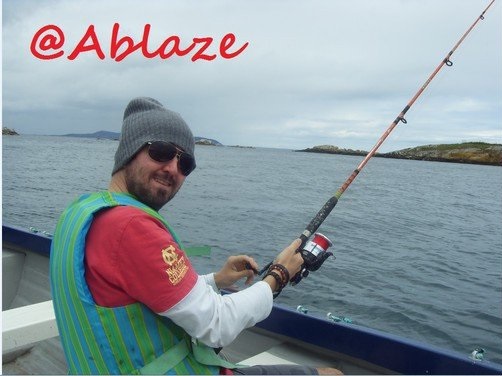The beautiful Robin Red Breast
It's that time of year again. The evenings are getting shorter, the leaves are changing colours to browns and reds and some are falling from the trees. Lots more will follow soon, as Autumn takes hold. It's still relatively mild, but certain days carry a cold breeze letting us know that Winter is coming.
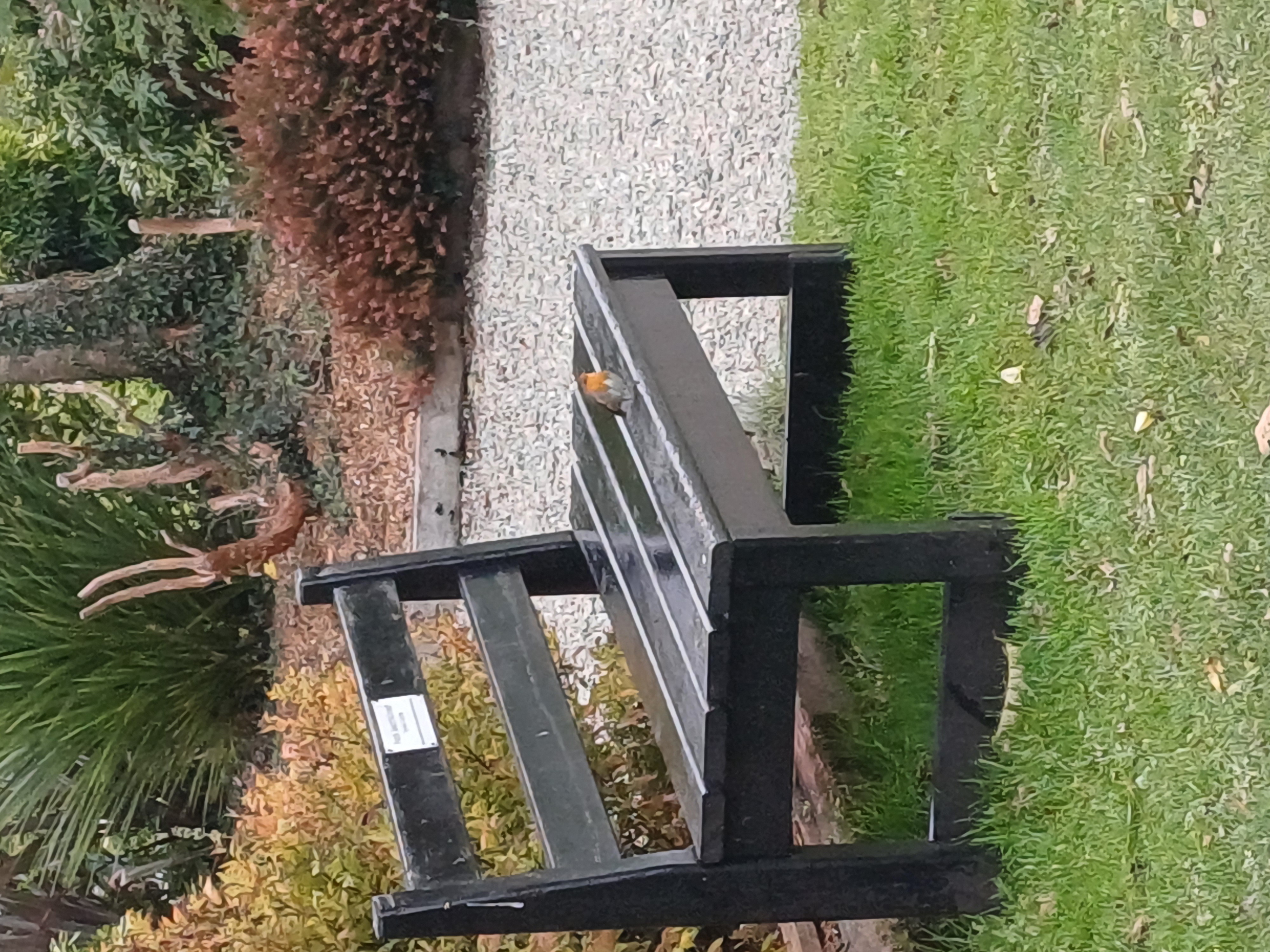
I was golfing last Sunday and I am still holding out wearing shorts, but soon they will give way to long pants. I arrived early to the tee box and my playing partners had not arrived yet. That's when I spotted this little visitor, a lovely little Robin Red Breast. She was perched on the bench beside the first tee and seeing as nobody was around, I grabbed my trusty camera phone and snapped a few photos of the little bird.
I've long had a soft spot for these little birds which always remind of Christmas and all the happiness and joy that season brings with it.
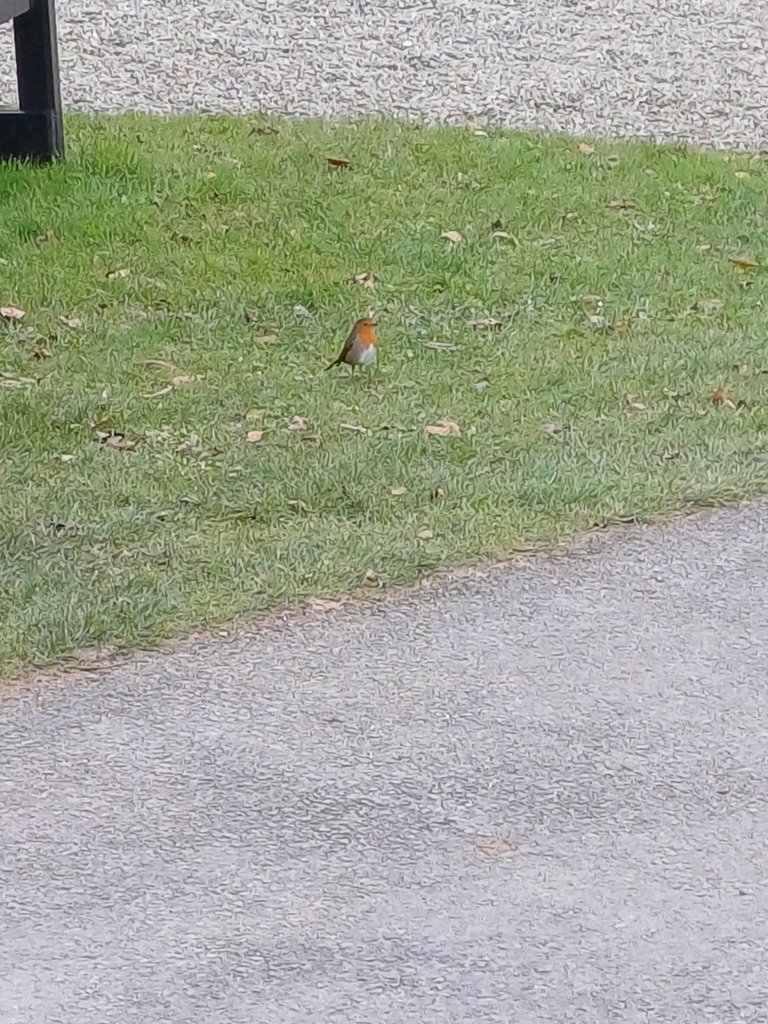
They also remind me of my Dad who on more than one occasion has befriended a little Robin in his workshed. They would come right down beside him to snack on some bread crumbs when Dad was having his lunch or "nosebag" as he fondly calls it.
Here are some more photos of the little bird.
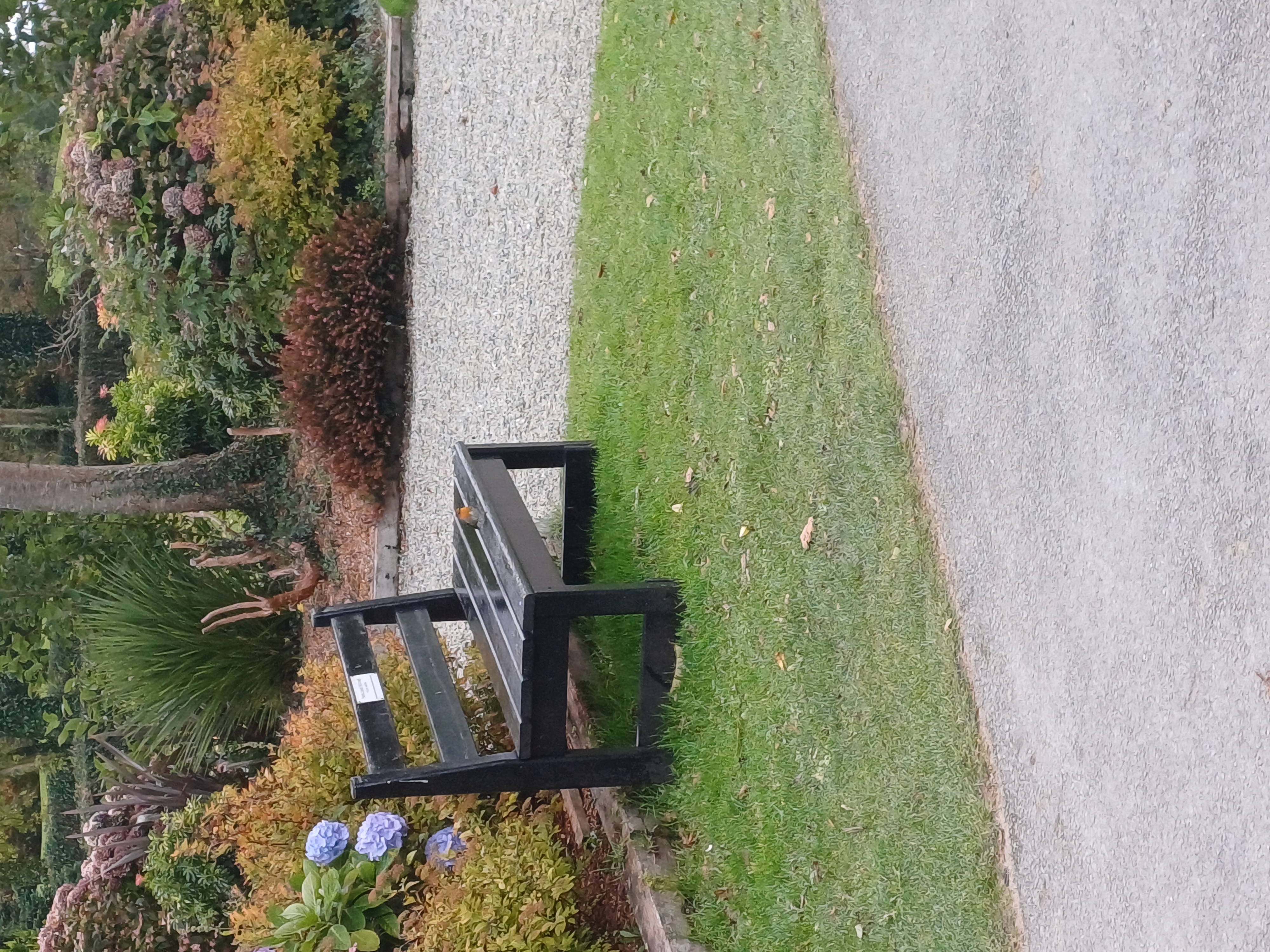
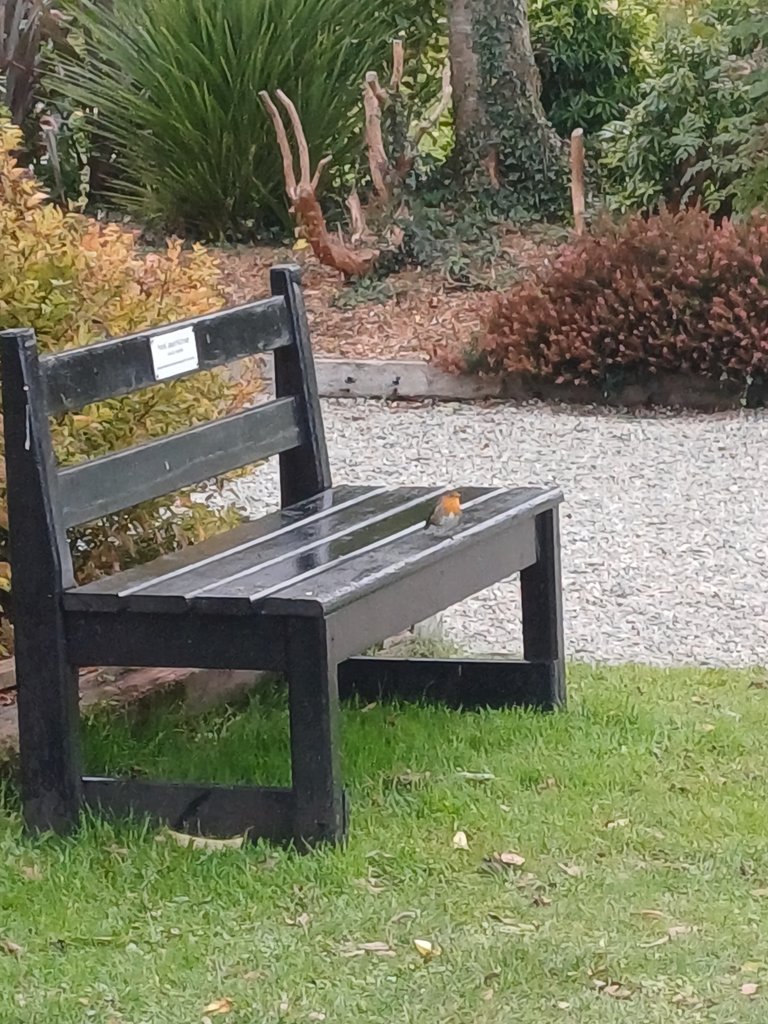
Seeing this guy made me curious about Robins and when they arrive in Ireland and from where. In my search I found tĥis interesting information about Robins on that I thought I'd bring to you today. You can find more on
https://www.rte.ie/lifestyle/living/2022/1225/1185802-things-you-should-know-about-the-robin/
"1. Robins do not use the same nest more than once. However, they will stick to a territory and location in which they have previously reared a successful brood.
Robins are frantic breeders. They can start nest building as early as January and can go on to have four or five broods of four to five eggs each per season. Sometimes the female will be incubating a clutch of eggs while the male continues to feed the previous brood.
With so many young being raised, why aren’t we inundated with robins? Sadly, life expectancy is very short for robins. The average robin lives less than a year, with winter devastating their number
Male and female robins look alike, both having red breasts. These are used along with song to proclaim and hold territories year-round. Both sexes will fight off intruders in their own territories until a pair bond has formed. At this point the male becomes very aggressive, singing and fighting to repel any intruders on their shared patch.
Robins sing all year round and will even sing throughout the night if disturbed by loud noises such as car horns, thunder, or fireworks. Artificial streetlights will also trigger singing and robins can be seen sitting under street lamps singing throughout long winter nights in towns and cities.
Robins really are ‘the early bird’ with specially adapted eyes to see in low light, allowing them to start feeding earlier than other birds and even feed at night under street lamps.
Robins evolved following pigs and boar as they rootled about disturbing worms and invertebrates that the robin could eat. These days, the lack of wild boar means that robins follow gardeners who effectively do the same job. This habit of following anyone digging led to the robin being affectionately known as the ‘gardener’s friend’.
Robins are omnivores meaning they will eat a wide range of foods including seeds, fruit, insects, and worms. This means they are easy to attract and feed in gardens by offering a range of bird food including suet pellets, mealworms, and seed mixes.
And finally, why is the robin associated with Christmas? It’s because Victorian postmen wore red tunics and were known as ‘robins’ or ‘robin redbreasts’. After the uniform changed, the goodwill linked to postmen delivering Christmas cards got transferred to the bird and we still celebrate robins on Christmas cards to this day."
It's sad to see that these little guys only live for around one year 😢
Peace Out
